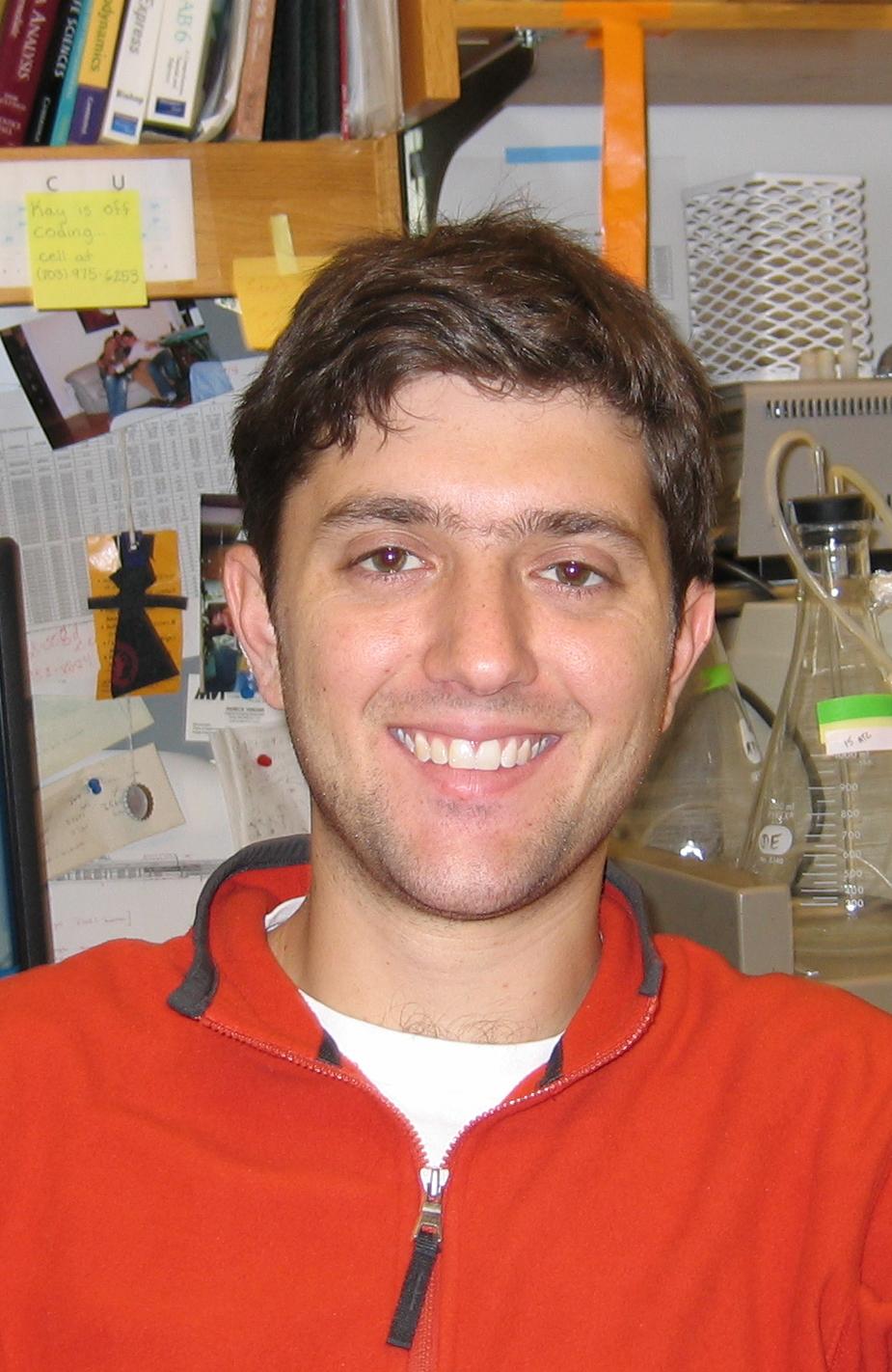Ribosome Binding Sites/Prokaryotic/Constitutive/Community Collection
Description
The Community RBS parts are suitable for general protein expression in E. coli or other prokaryotes. The family is known to cover a range of translation initiation rates so by testing a few family members it should be possible to find a protein expression level that suits your application. This collection has developed from the work of several members of the Synthetic Biology community (see Contributors below). The origin of individual RBS sequences can be found on the corresponding part pages. Individual family members have been characterized relative to each other or have been derived from other collection members. See here for a general description of how Ribosome Binding Sites work.
Obtaining the Collection
Sequences for the Community Collection can be found in the table below. To obtain the physical DNA, we recommend two approaches -
Via de novo synthesis: Since the RBS parts are short sequences, they can be easily and cheaply ordered as two single-stranded complementary oligos and annealed. See here for a tutorial on how to construct short parts via oligo annealing.
Via the Registry distribution: Many of the RBS parts are included in the Registry DNA distribution.
| Identifier | Sequencea | Measured Strengthb | Predicted Strengthc | ||
|---|---|---|---|---|---|
| Set 1 | Set 2 | Mean | CV | ||
| BBa_B0029 | TCTAGAGTTCACACAGGAAACCTACTAGATG | - | 0.764 | 0.09 (1602) | 1.07 |
| BBa_B0030 | TCTAGAGATTAAAGAGGAGAAATACTAGATG | 0.6 | - | 1.02 (19124) | 1.29 |
| BBa_B0031 | TCTAGAGTCACACAGGAAACCTACTAGATG | 0.07 | - | 0.11 (1995) | 1.28 |
| BBa_B0032 | TCTAGAGTCACACAGGAAAGTACTAGATG | 0.3 | 0.376 | 0.15 (2794) | 1.51 |
| BBa_B0033 | TCTAGAGTCACACAGGACTACTAGATG | 0.01 | 0.002 | 0.02 (391) | 0.87 |
| BBa_B0034 | TCTAGAGAAAGAGGAGAAATACTAGATG | 1 | 1 | 1 (18805) | 1.18 |
| BBa_B0035 | TCTAGAGATTAAAGAGGAGAATACTAGATG | - | 1.124 | 1.17 (22043) | 1.24 |
| BBa_B0064 | TCTAGAGAAAGAGGGGAAATACTAGATG | 0.35 | - | 0.71 (13302) | 1.27 |
aThe sequence of individual RBS are shown in black. The grey nucleotides show the bracketing sequence that results from assembling the RBS with an upstream part and a downstream coding sequence. The start codon of the downstream coding sequence is shown in green.
bThe relative strengths of these RBSs have been measured on (at least) two occasions. The different datasets are described in the Characterization section below.
cThe predicted relative strengths of these RBS parts were calculated by Howard Salis. The first number is the mean RBS strength normalized by the strength of No part name specified with partinfo tag.. The second number (in parentheses) is the mean RBS strength prior to normalization to facilitate comparison with RBS parts from other collections. A description of the method for predicting RBS part strength is provided here.
Characterization
Set 1
The data quoted in the table above was obtained by Jason Kelly and Robbie Bryant during the summer of 2004 using a fluorescent reporter.
Set 2
The data quoted in the table above was obtained by Jason Kelly and Adam Rubin during 2007/8. Further detail about these measurements will be added to the registry in the near future.
Predicted Strengths
A description of the method for predicting RBS part strength is provided here.
Other data
Further data on some of the RBSs (although less quantitative) can be found in the doctoral thesis of [http://www.princeton.edu/~rweiss/papers/rweiss-phd-thesis.pdf Ron Weiss] (p79-80) and the supplementary methods of Gardner et alGardner. Note that the rank order of strengths as measured by Weiss and Kelly & Bryant differ from those reported by Gardner et al. This discrepancy is likely due to differences in nucleotide sequence between the Ribosome Binding Site and the start codon due to the cloning strategies used by the different groups. As is typical for RBS, translation initiation rate can be highly dependent on upstream and downstream sequence for reasons such as RBS occlusion due to mRNA secondary structure or changes in mRNA stability. For this reason, the strengths of the RBS should be remeasured for different sequence contexts. Please contribute any data on this RBS family back to the registry.
References
<biblio>
- Gardner pmid=10659857
- Weiss Weiss, R. Cellular Computation and Communications using Engineered Genetic Regulatory Networks. PhD Dissertation, MIT, 2000 [http://www.princeton.edu/~rweiss/papers/rweiss-phd-thesis.pdf (pdf)]
</biblio>
Contributors




